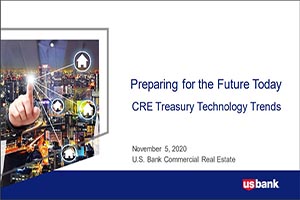Why invoice foreign customers in their own currency?
It’s not hard to understand why many companies price their exports in USD. The accounting may seem easier and more straightforward. Changing time-honored business practices may seem difficult. Yet the downside of shifting the foreign currency risk to customers in a volatile market could create a negative impact on sales.
The global trade environment continues to be impacted by many factors, pandemic concerns, inflationary impacts and global interest rate fluctuations – not to mention political pressures, at home and abroad.
U.S. exporters can combat these issues by considering pricing their products or services in foreign currency over U.S. dollars. Invoicing foreign clients in their local currency has many benefits, including:
- Becoming more competitive in global markets
- Helping to protect foreign customers from market volatility
- Foreign denominated receivables can fund foreign payable needs, creating a natural hedge
“Companies that export and import goods from the same foreign country can create efficiency when the cost of imports and exports is in the same currency,” Conrad notes. “The company has foreign receivables in a currency that match their payable needs. To the extent the receivables equal the payment need, the company has eliminated their exposure to the value of that currency, which is a natural hedge.”
Is it hard to price goods in a foreign currency?
A common misconception is that a foreign currency denominated account is necessary if you will be receiving payment in foreign currency. This isn’t necessary. Payments can be converted by your bank when they are received and if currency risk is a consideration, your bank can help you address that risk very easily.
“A foreign customer or partner can send the foreign currency denominated payment to your bank, your bank can provide the wire transfer instructions to you,” Conrad explains. “International payments are easily made via the SWIFT network. Upon receipt of the foreign denominated wire your bank can convert the foreign currency to U.S. dollars for deposit to your checking or savings account.”
When invoicing foreign clients in a foreign currency, the currency risk is transferred to the U.S. exporter. Mitigating the currency risk can be done easily, ensuring margins aren’t at risk.
“Your bank can provide value in understanding the risk and how you might choose to manage it,” Conrad says. “For example, many companies use forward contracts to ensure the USD value of the foreign receivable is fixed.”
Contact your banking partner to learn more about foreign exchange services and FX risk mitigation. Your partners can help find the right services to fit your needs.


































































